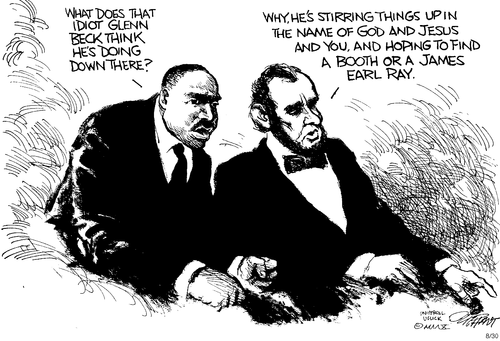
CO-04 (Special Election)
See Full Big Line
(R) Greg Lopez
(R) Trisha Calvarese
90%
10%

President (To Win Colorado)
See Full Big Line
(D) Joe Biden*
(R) Donald Trump
80%
20%↓

CO-01 (Denver)
See Full Big Line
(D) Diana DeGette*
90%

CO-02 (Boulder-ish)
See Full Big Line
(D) Joe Neguse*
90%

CO-03 (West & Southern CO)
See Full Big Line
(D) Adam Frisch
(R) Jeff Hurd
(R) Ron Hanks
40%
30%
20%

CO-04 (Northeast-ish Colorado)
See Full Big Line
(R) Lauren Boebert
(R) Deborah Flora
(R) J. Sonnenberg
30%↑
15%↑
10%↓

CO-05 (Colorado Springs)
See Full Big Line
(R) Dave Williams
(R) Jeff Crank
50%↓
50%↑

CO-06 (Aurora)
See Full Big Line
(D) Jason Crow*
90%

CO-07 (Jefferson County)
See Full Big Line
(D) Brittany Pettersen
85%↑

CO-08 (Northern Colo.)
See Full Big Line
(D) Yadira Caraveo
(R) Gabe Evans
(R) Janak Joshi
60%↑
35%↓
30%↑

State Senate Majority
See Full Big Line
DEMOCRATS
REPUBLICANS
80%
20%

State House Majority
See Full Big Line
DEMOCRATS
REPUBLICANS
95%
5%
 February 19, 2014 12:45 PM UTC
February 19, 2014 12:45 PM UTC 8 Comments
8 Comments
When my father wrote editorials for the Post in the 1960s – 1980s, the news room was this incredible, bustling, smoke-filled place. To me, it was magical – dozens of desks with these wise-cracking, cursing, skeptical, cynical men (it was mostly white men, back then). My Dad's office was next to that of legendary political cartoonist Pat Oliphant
My dad's "beat" was education, and specifically racial segregation in Denver schools, and the consequences of same.
He was allowed and encouraged to tell the stories he saw as he saw them. Most of his editors didn't agree with him, but they didn't stand in his way, either.
He would be sad to see the decline in the Post's reporting staff, and the rightward trend of its editorial policies.
No wonder you're so good at fact checking and research. In the blood?
I think I'm the nosiest of my siblings. I've taught journalism for four years, so know the basics, although I clearly have some lessons yet to internalize.
All three of Art's daughers are writers and democratic / progressive activists of some kind – we really believe in the transformative power of the written word, and the persuasive abilities of demonstrated truth….over time.
Said more clearly, people believe what they see, not what the news says. Kind of important to remember in our heavily propagandized age.
Couldn't help but notice that the powerful obituary about your dad was written by Allison Sherry, apparently the latest CO journalist to leave the scene.
PS, I think your dad would be proud of you.
For sheer dedication to covering various races, it looks more and more like the Colorado Statesman could be the last print outlet devoting considerable resources to campaigns.
The Post is a shadow of its former self.
The Post is an advert circular mocked up to look like a newspaper.
I am not sure it is a decline. Seems more accurate to call it a shift.
The advent of the internet has decentralized news and news gathering and changed the overall power structure of information and information gathering.
So now we don't have a single source of news. That is not a bad thing.
I can access whatever flavor of news I want, and you can do the same and we duke it out for the truth as opposed to delegating the shifting out to others.
I prefer decentralization, but I suspect some here prefer centralization.
IF they would "report" = = NOT Opinnionate!